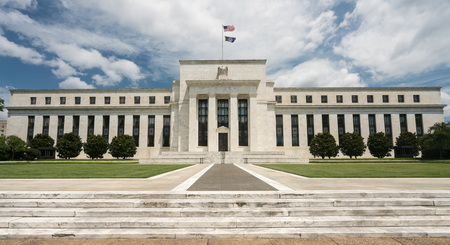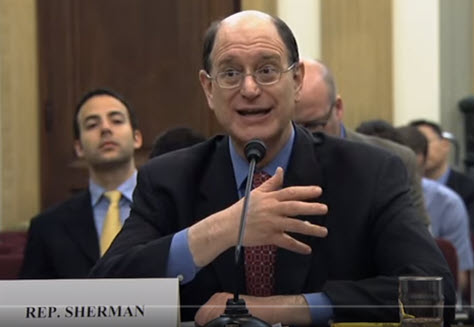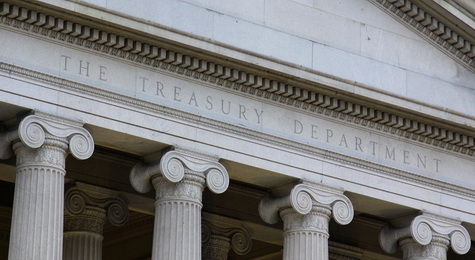 The Federal Reserve Board on Dec. 16 adopted SOFR (Secured Overnight Financing Rate) as the fallback benchmark rate to replace LIBOR (London Interbank Offered Rate) in certain financial contracts after the use of LIBOR expires on June 30, 2023. (Federal Register notice and Bloomberg Law, Dec. 16)
The Federal Reserve Board on Dec. 16 adopted SOFR (Secured Overnight Financing Rate) as the fallback benchmark rate to replace LIBOR (London Interbank Offered Rate) in certain financial contracts after the use of LIBOR expires on June 30, 2023. (Federal Register notice and Bloomberg Law, Dec. 16)
LIBOR to SOFR
- LIBOR was the dominant reference rate used in recent decades for financial contracts—including commercial real estate debt, mortgages, student loans and derivatives—worth an estimated $223 trillion. (Roundtable Weekly, Dec. 10, 2021.)
- The Fed’s action this month implements a final rule from the Adjustable Interest Rate (LIBOR) Act (H.R. 4616)—passed by Congress in March to provide a uniform, nationwide solution for so-called tough legacy contracts that do not have clear and practicable provisions for replacing LIBOR. (Roundtable Weekly, March 11, 2022)
- The Real Estate Roundtable and 17 national trade groups submitted letters in 2021 on April 14 and July 27 to policymakers in support of measures to address “tough legacy” LIBOR-based contract issues. (Roundtable Weekly, Dec. 10, 2021)
Final LIBOR Rule

- The final rule identifies replacement benchmark rates based on SOFR to replace overnight, one-month, three-month, six-month, and 12-month LIBOR in contracts subject to the LIBOR Act. These contracts include U.S. contracts that do not mature before LIBOR ends and that lack adequate “fallback” provisions that would replace LIBOR with a practicable replacement benchmark rate. (Fed Reserve Board’s memo, Dec. 2 and Fed news release, Dec. 16)
- The final rule also restates safe harbor protections contained in the LIBOR Act for market participants who need to switch existing LIBOR-referencing financial contracts to a replacement benchmark for debt instruments before the replacement date on June 30, 2023. (Federal Register notice on LIBOR)
The LIBOR transition will be among the issues discussed during The Roundtable’s Real Estate Capital Policy Advisory Committee’s (RECPAC) next meeting on Jan. 24 in Washington, DC during The Roundtable’s State of the Industry Meeting.
# # #










